Communities facing double threat of climate change and insecurity begin resilience building with LoCAL
Three of Burkina Faso’s most climate vulnerable communes, that are also dealing with the fallout from a rumbling Islamist insurgence, are building community-level resilience with improved water facilities combined with training on natural resource management and climate smart agriculture. The project designs are based on findings from community consultations to identify adaptation investments that meet local needs and are funded with a grant from the Local Climate Adaptive Living Facility, which is designed and managed by the UN Capital Development Fund.
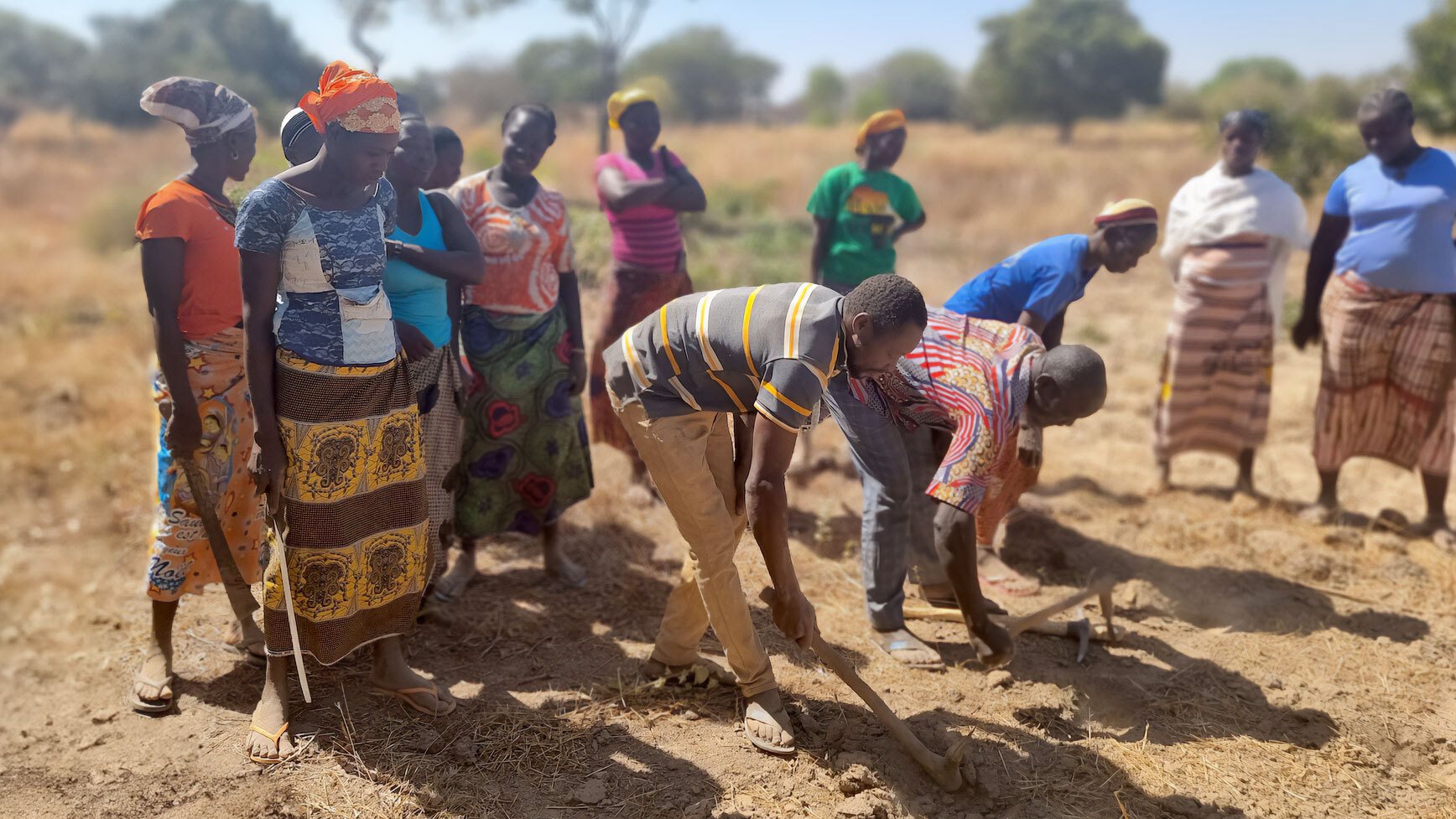
The selected communities are highly exposed to the impacts of climate change including reduced and fluctuating rainfall patterns, higher temperatures and longer dry seasons, as well as dealing with severe degradation and pressure on natural resources related to shrinking incomes and a growing population. The situation is presently compounded by ongoing insecurity linked to fighting between government and Islamist Armed Groups that has left many dead and forced some two million people to flee their homes.
LoCAL grants are enabling local governments to implement climate-resilience building investments in Saponé, Centre-South Region, Loumbila Plateau-Central Region, and Pabré, Centre Region, which is also the site of a large camp for internally displaced persons. The community there has identified the need for improved water facilities, which will also be used for irrigation of market gardens for production of high-value crops, such as tomatoes and carrots, that boost communities’ access to nutritional foods.
“We’re very pleased and appreciative of the completion of the borehole, which will be of great benefit to us in terms of protecting our environment and our market gardening activity. We will be able to carry out income-generating activities for the benefit of our families,” said Adèle Kaboré, member of the economic interest group Teega wend sid nooma of Pabré, which has some 336 members.
LoCAL provides a country-based mechanism to increase awareness and response to climate change at the local level by integrating climate change adaptation into local governments’ planning and budgeting systems in a participatory and gender-sensitive manner, while increasing the amount of finance available to local governments for climate change adaptation. LoCAL combines performance-based climate resilience grants (PBCRGs) with technical and capacity-building support. It uses a demonstration effect to trigger local adaptation flows, including national fiscal transfers and global climate finance for local authorities, through their central governments.
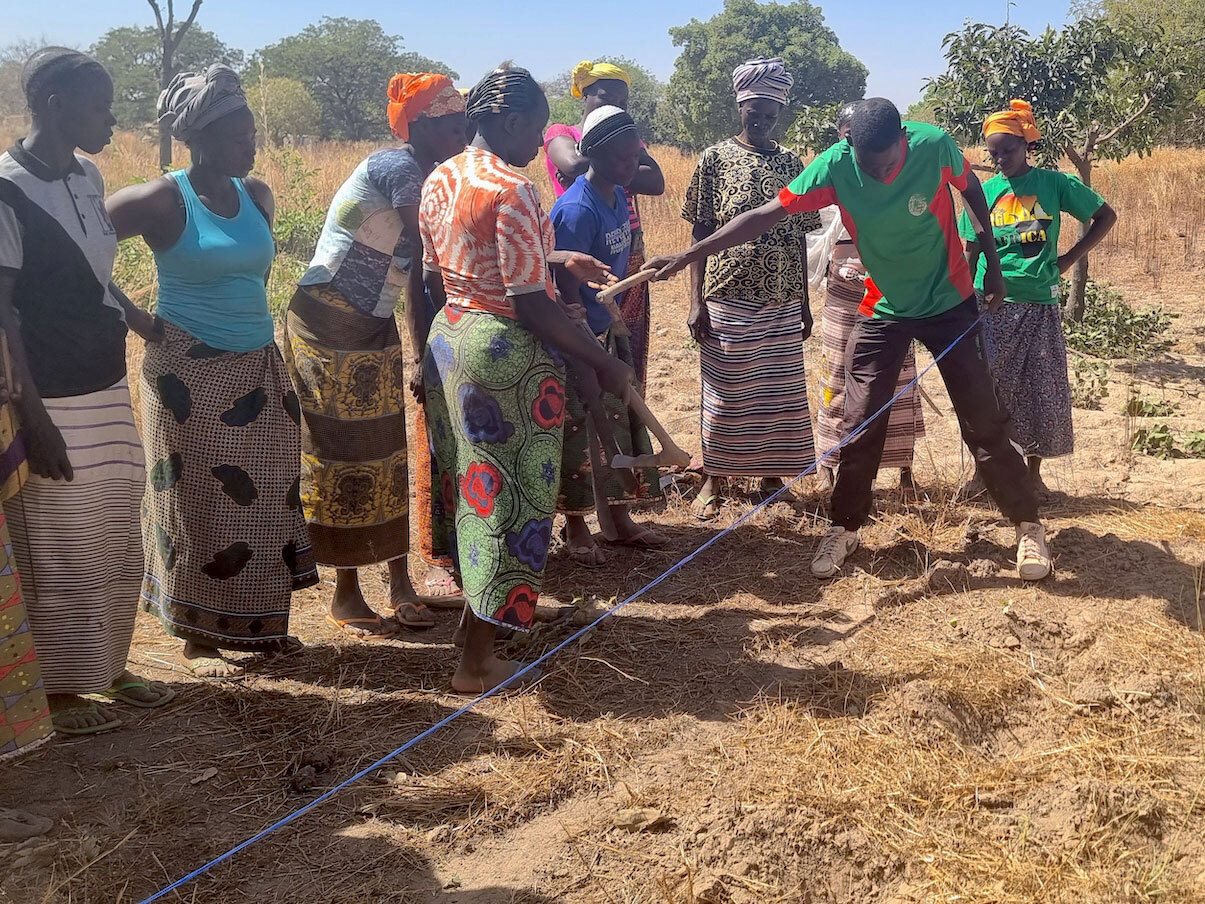
LoCAL was deployed in Burkina Faso in 2022 with the signature of a ‘Memorandum of Understanding’ with the government. Following national consultations, three local authorities in three different regions were selected based on their exposure to threats from climate change as well as severe degradation and pressure on natural resources – exacerbated by the current internal displacement crisis.
The three communes are currently building solar powered irrigation systems and water retention basins – for watering crops with handheld watering cans and buckets – using the PBCRGs. Enhanced access to water will be crucial to ensure resilience of communities’ market gardens and the development of a nursery for an upcoming tree-planting project to protect soil and guard against desertification.
In Pabré, work is currently underway on an eight hectare-large market garden with a sealed perimeter. Two boreholes are completed and already operational, and eight water retention basins have been built for top-up watering of crops.
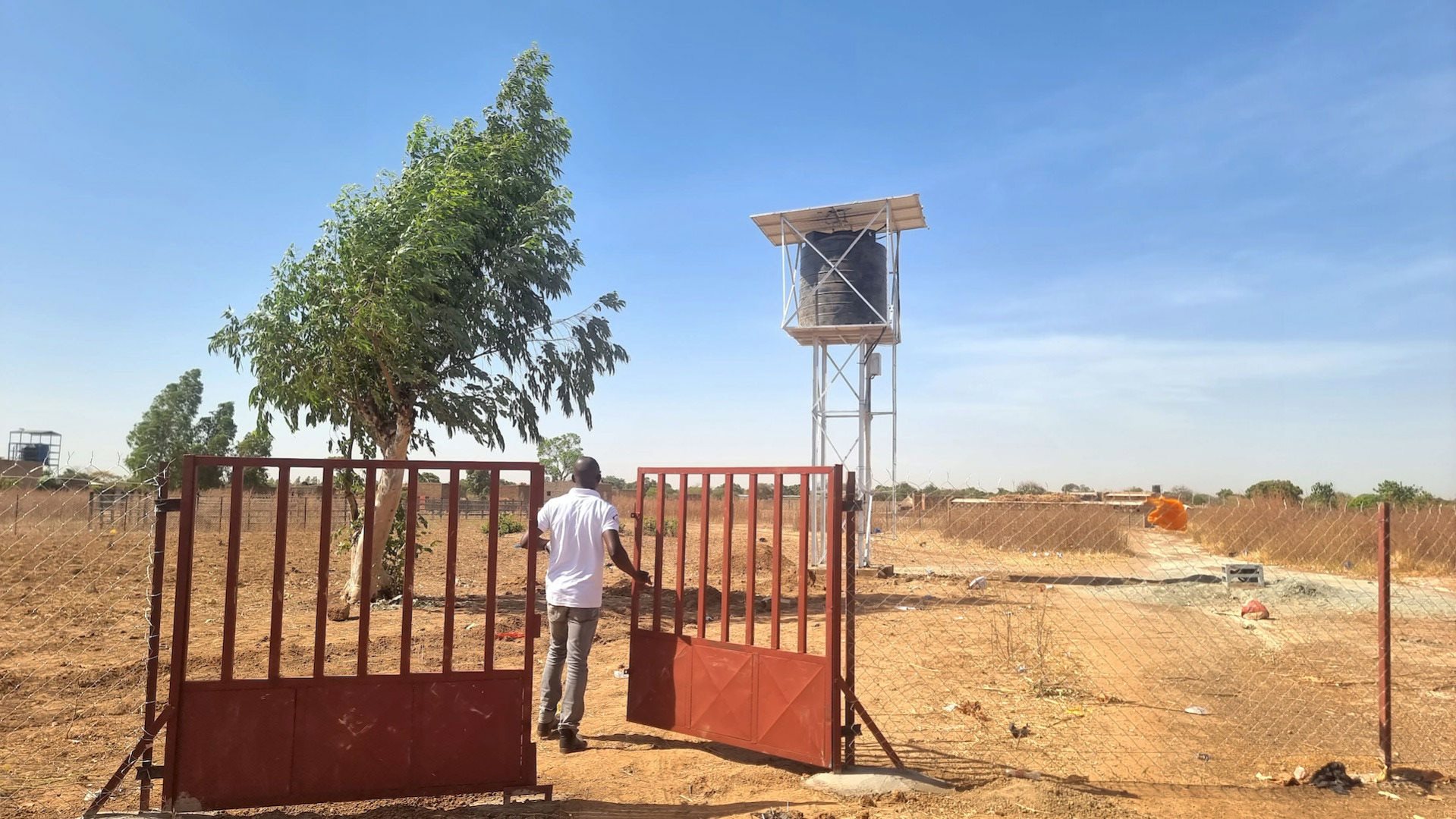 In Loumbila, local authorities and communities made important progress in fashioning a productive nutrition garden. A newly constructed borehole is now fully operational and equipped with a water tower, solar panels and two hydrants, one of which is external to the garden, and supplies fresh drinking water to populations living nearby.
In Loumbila, local authorities and communities made important progress in fashioning a productive nutrition garden. A newly constructed borehole is now fully operational and equipped with a water tower, solar panels and two hydrants, one of which is external to the garden, and supplies fresh drinking water to populations living nearby.
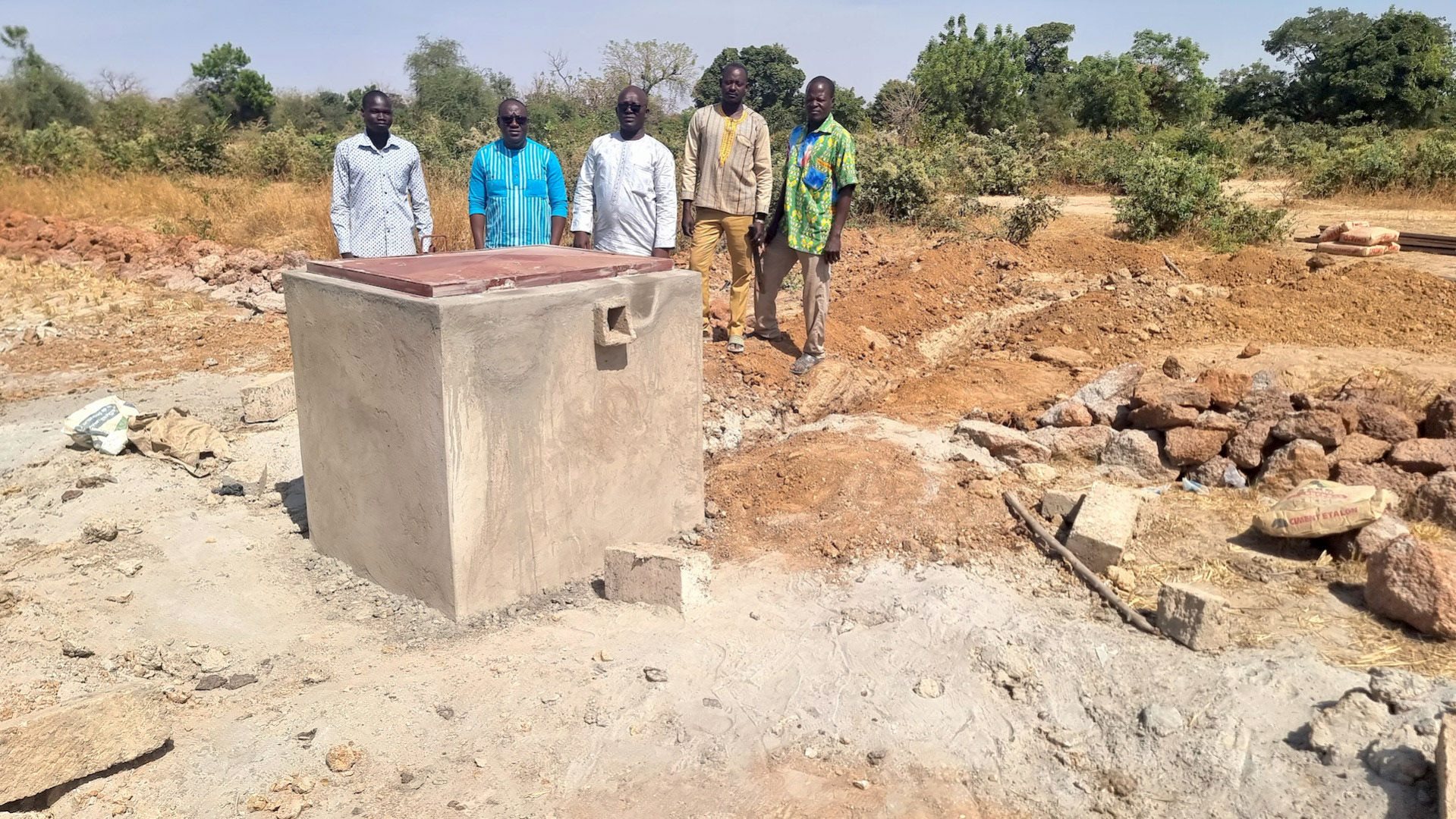
Meanwhile, in Saponé, the development of a market garden supplied by a water irrigation system is nearing completion. A borehole has also been drilled and is operational. Fencing of the perimeter is in progress.
Investments combined with training and capacity building. In parallel to their investments, two of the three communes have begun to provide capacity-building sessions for those who will operate the newly built facilities. In Loumbila, future operators of the nutrition garden have been trained on climate sensitive baobab and moringa production techniques and the use of drip irrigation technology.
In Saponé, local farmers enhanced their skills through training sessions on natural resource management and climate smart agriculture. They were notably introduced to the use of zaï (a traditional farming technique consisting of the digging of pits to catch water and concentrate compost) and assisted natural regeneration (ANR): a blend of active planting and passive restoration, where communities intervene to help trees and native vegetation naturally recover by eliminating barriers and threats to their growth, leaning on their knowledge of the land and on ancestral traditions.
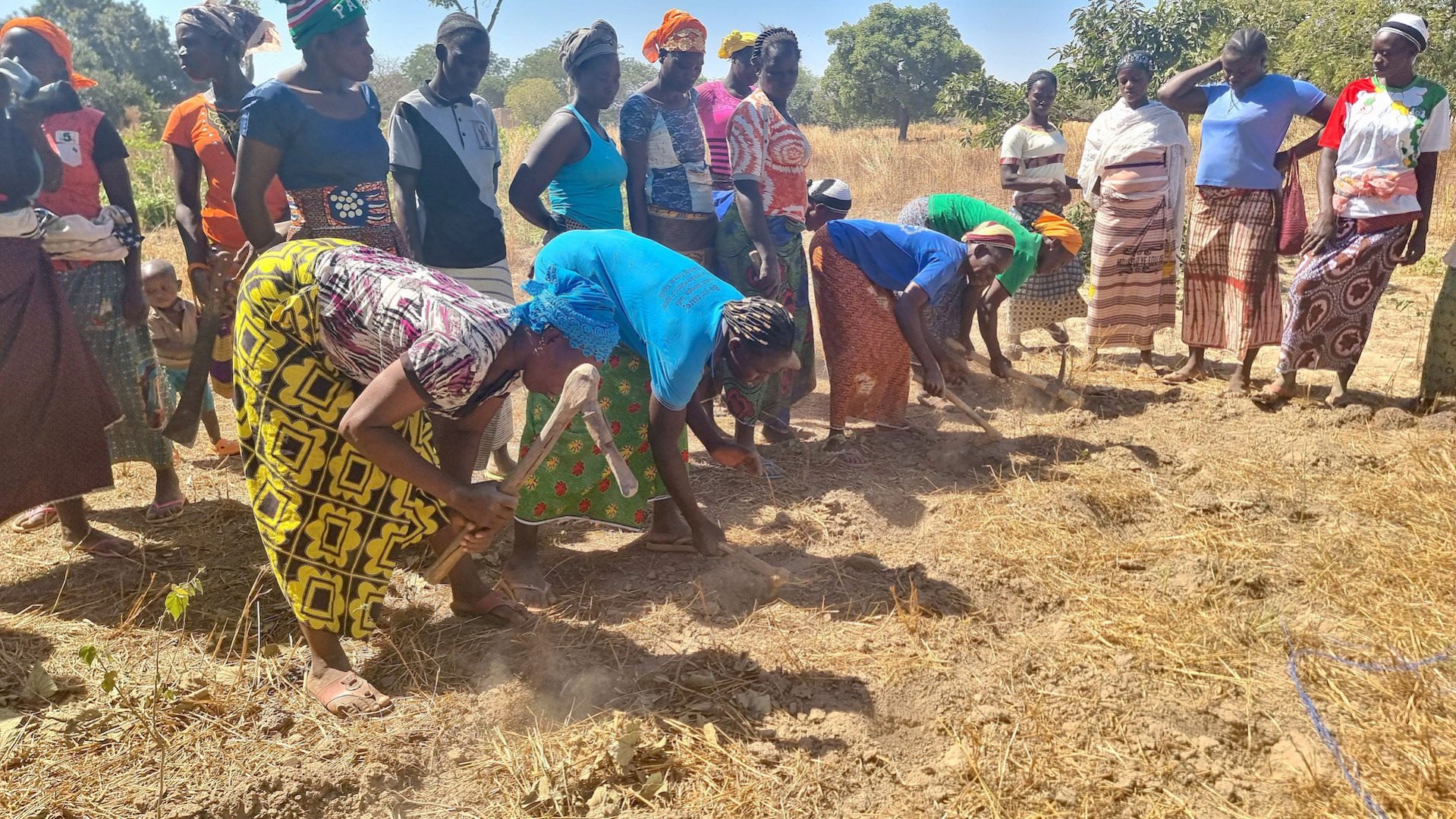
Way forward
The three communes are working hard to complete the activities set out in their plans before the end of 2023. The very first annual performance assessment (APA) of LoCAL Burkina Faso – for which relevant stakeholders have already been trained and prepared – will be conducted in the beginning of 2024. The goal will be to appraise communes’ performance to see how resources were used and conducting audits as part of a regular national process. Results will inform next year’s PBCRG allocations and capacity-building support needs.
Meanwhile, UNCDF – hand in hand with the Burkinabe government – continues to engage with partners to support future scale up of the mechanism in the country. Burkina Faso is notably seeking direct access to the Green Climate Fund through a regional multi-country effort with BOAD and LoCAL. Successful adoption of this regional GCF proposal – covering Burkina Faso, Côte d’Ivoire, Niger and Mali – will allow to unlock approximately 50 million USD for adaptation at the local level.
AUTHOR
UNCDF
SOURCE
Originally published on uncdf.org
PHOTO
© UNCDF